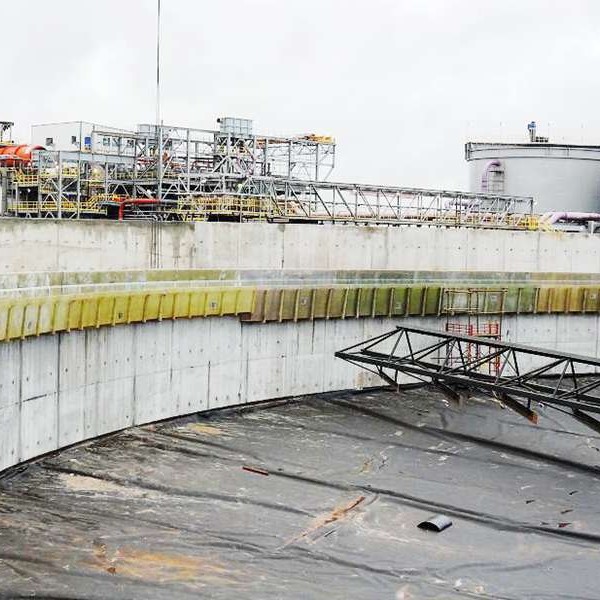
-
 Afrikaans
Afrikaans -
 Albanian
Albanian -
 Amharic
Amharic -
 Arabic
Arabic -
 Armenian
Armenian -
 Azerbaijani
Azerbaijani -
 Basque
Basque -
 Belarusian
Belarusian -
 Bengali
Bengali -
 Bosnian
Bosnian -
 Bulgarian
Bulgarian -
 Catalan
Catalan -
 Cebuano
Cebuano -
 China
China -
 China (Taiwan)
China (Taiwan) -
 Corsican
Corsican -
 Croatian
Croatian -
 Czech
Czech -
 Danish
Danish -
 Dutch
Dutch -
 English
English -
 Esperanto
Esperanto -
 Estonian
Estonian -
 Finnish
Finnish -
 French
French -
 Frisian
Frisian -
 Galician
Galician -
 Georgian
Georgian -
 German
German -
 Greek
Greek -
 Gujarati
Gujarati -
 Haitian Creole
Haitian Creole -
 hausa
hausa -
 hawaiian
hawaiian -
 Hebrew
Hebrew -
 Hindi
Hindi -
 Miao
Miao -
 Hungarian
Hungarian -
 Icelandic
Icelandic -
 igbo
igbo -
 Indonesian
Indonesian -
 irish
irish -
 Italian
Italian -
 Japanese
Japanese -
 Javanese
Javanese -
 Kannada
Kannada -
 kazakh
kazakh -
 Khmer
Khmer -
 Rwandese
Rwandese -
 Korean
Korean -
 Kurdish
Kurdish -
 Kyrgyz
Kyrgyz -
 Lao
Lao -
 Latin
Latin -
 Latvian
Latvian -
 Lithuanian
Lithuanian -
 Luxembourgish
Luxembourgish -
 Macedonian
Macedonian -
 Malgashi
Malgashi -
 Malay
Malay -
 Malayalam
Malayalam -
 Maltese
Maltese -
 Maori
Maori -
 Marathi
Marathi -
 Mongolian
Mongolian -
 Myanmar
Myanmar -
 Nepali
Nepali -
 Norwegian
Norwegian -
 Norwegian
Norwegian -
 Occitan
Occitan -
 Pashto
Pashto -
 Persian
Persian -
 Polish
Polish -
 Portuguese
Portuguese -
 Punjabi
Punjabi -
 Romanian
Romanian -
 Russian
Russian -
 Samoan
Samoan -
 Scottish Gaelic
Scottish Gaelic -
 Serbian
Serbian -
 Sesotho
Sesotho -
 Shona
Shona -
 Sindhi
Sindhi -
 Sinhala
Sinhala -
 Slovak
Slovak -
 Slovenian
Slovenian -
 Somali
Somali -
 Spanish
Spanish -
 Sundanese
Sundanese -
 Swahili
Swahili -
 Swedish
Swedish -
 Tagalog
Tagalog -
 Tajik
Tajik -
 Tamil
Tamil -
 Tatar
Tatar -
 Telugu
Telugu -
 Thai
Thai -
 Turkish
Turkish -
 Turkmen
Turkmen -
 Ukrainian
Ukrainian -
 Urdu
Urdu -
 Uighur
Uighur -
 Uzbek
Uzbek -
 Vietnamese
Vietnamese -
 Welsh
Welsh -
 Bantu
Bantu -
 Yiddish
Yiddish -
 Yoruba
Yoruba -
 Zulu
Zulu
Creating an Efficient Pipeline for RTRP Applications and Data Management
Understanding RTRP The Pivotal Role of the RTRP Pipe in Modern Industry
In the complex world of modern industry, efficiency and reliability are paramount. Among the various tools and components employed by industries, the RTRP pipe has emerged as a critical element, particularly in applications requiring robust and durable materials. RTRP, or Reinforced Thermoset Resin Pipe, represents a significant advancement in piping technology, combining the benefits of thermosetting resins with reinforcement materials to create a pipeline solution that meets the demanding needs of various sectors.
What is RTRP?
RTRP pipes are made from a composite material that typically combines thermoset resins with reinforcing fibers, such as glass or carbon fiber. This innovative construction provides remarkable strength and durability while remaining lightweight, which is a crucial advantage over traditional metal pipes. The incorporation of reinforcement not only enhances the mechanical properties of the pipe but also extends its lifespan, making it an economically viable choice for long-term applications.
Applications of RTRP Pipes
One of the most significant advantages of RTRP pipes is their versatility. They are widely used in various industries, including wastewater management, oil and gas, and chemical processing. In wastewater management, RTRP pipes demonstrate excellent resistance to corrosion and chemical attack, which helps maintain the integrity of the pipeline in challenging environmental conditions. The oil and gas industry benefits from the lightweight nature of RTRP pipes, which reduces transportation and installation costs while still offering high-pressure resistance.
rtrp pipe

In addition to these traditional applications, RTRP pipes are gaining traction in the renewable energy sector. Their durability makes them suitable for use in wind and solar energy installations, where they can be used in various auxiliary systems. Overall, the adaptability of RTRP pipes to different settings signifies their growing importance in contemporary infrastructures.
Advantages of RTRP Pipes
The benefits of using RTRP pipes are numerous. First and foremost is their resistance to corrosion, which not only reduces maintenance costs but also prolongs the life of the piping systems. Additionally, RTRP pipes exhibit a high tolerance for temperature variations, making them suitable for both cold and hot applications. Their lightweight nature compared to traditional materials like steel means easier handling and installation, which translates to reduced labor costs and faster project completion times.
Moreover, RTRP pipes are eco-friendly. The materials used in RTRP production can be sourced sustainably, and the longevity of the pipes minimizes the need for replacements, thus lowering the overall environmental footprint associated with pipeline installations.
Conclusion
As industries seek more efficient, durable, and sustainable options for their piping needs, RTRP pipes stand out as a superior solution. Their ability to provide high performance in various applications makes them a preferred choice for modern engineering projects. As technology continues to evolve, the role of RTRP pipes will likely expand, ushering in a new era of innovative infrastructure solutions designed to meet the challenges of tomorrow. Whether for wastewater management, energy production, or industrial processes, RTRP pipes are set to play a pivotal role in shaping the future of piping systems across various sectors.
Latest news
-
Exploring the Benefits of Top Hammer Drifter Rods for Enhanced Drilling PerformanceNewsJun.10,2025
-
High-Precision Fiberglass Winding Machine for GRP/FRP Pipe Production – Reliable & Efficient SolutionsNewsJun.10,2025
-
FRP Pipes & Fittings for Shipbuilding - Corrosion-Resistant & LightweightNewsJun.09,2025
-
Premium FRP Flooring Solutions Durable & Slip-ResistantNewsJun.09,2025
-
Premium Fiberglass Rectangular Tanks Durable & Lightweight SolutionNewsJun.09,2025
-
Tapered Drill String Design Guide Durable Performance & UsesNewsJun.09,2025









